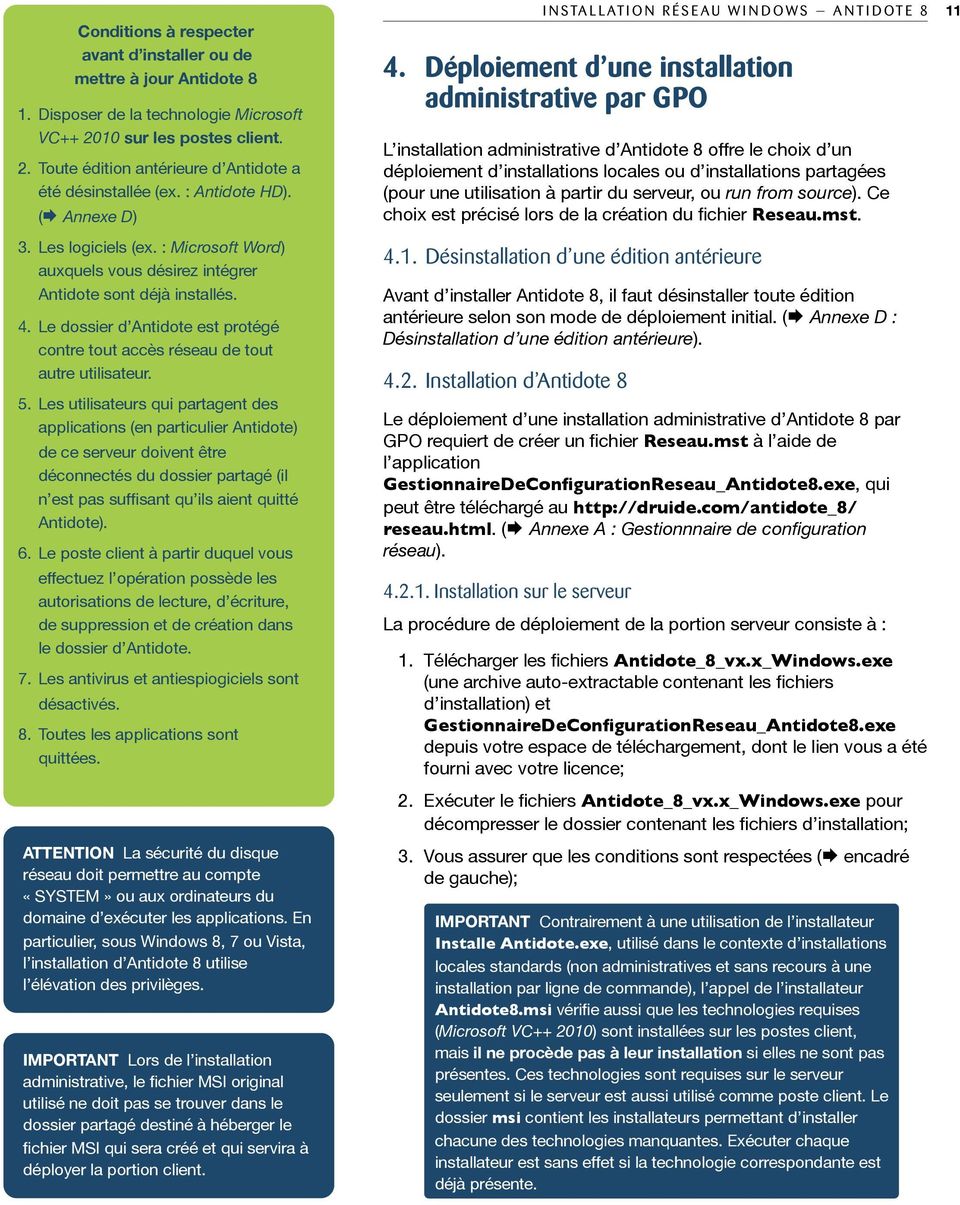

They also suffer less chronic stress and are happier with their lives, and these factors fuel stronger performance. Employees in high-trust organizations are more productive, have more energy at work, collaborate better with their colleagues, and stay with their employers longer than people working at low-trust companies. In my research I’ve found that building a culture of trust is what makes a meaningful difference. While such efforts might boost workplace happiness in the short term, they fail to have any lasting effect on talent retention or performance. And despite the evidence that you can’t buy higher job satisfaction, organizations still use golden handcuffs to keep good employees in place. But how do you do that effectively? Culture is typically designed in an ad hoc way around random perks like gourmet meals or “karaoke Fridays,” often in thrall to some psychological fad. So it’s clear that creating an employee-centric culture can be good for business. The rewards include higher productivity, better-quality products, and increased profitability. Consider Gallup’s meta-analysis of decades’ worth of data: It shows that high engagement-defined largely as having a strong connection with one’s work and colleagues, feeling like a real contributor, and enjoying ample chances to learn-consistently leads to positive outcomes for both individuals and organizations. They’re anxious about the sad state of engagement, and rightly so, given the value they’re losing.

In short, to boost engagement, treat people like responsible adults.Ĭompanies are twisting themselves into knots to empower and challenge their employees. Ultimately, Zak concludes, managers can cultivate trust by setting a clear direction, giving people what they need to see it through, and then getting out of their way. (2) Induce “challenge stress.” (3) Give people discretion in how they do their work. Through his research on the brain chemical oxytocin-shown to facilitate collaboration and teamwork-Zak has developed a framework for creating a culture of trust and building a happier, more loyal, and more productive workforce.īy measuring people’s oxytocin levels in response to various situations-first in the lab and later in the workplace-Zak identified eight key management behaviors that stimulate oxytocin production and generate trust: (1) Recognize excellence. But now, neuroscience offers some answers.
COMMENT METTRE ANTIDOTE 8 DANS WORD 2016 SERIES
on a series of consecutive slides (in Outline view).on all the frames in a slide (with ctrl + A or in Outline view).on text within a frame or on the entire frame.You can call Antidote on the following selections: Right-click in the text to display the context menu, then select the desired resource. You can access Antidote’s resources via the context menu. Repeat with the icon for the dictionaries.Right-click on the icon of the corrector and select "Add to Quick Access Toolbar" from the context menu that opens.A few additional commands are found in the column to the right of the icons.

You can access the various dictionaries and guides using the dropdown menus next to the icons. The RibbonĪntidote’s resources are displayed in the Ribbon, under the Antidote tab. When Antidote is installed, it automatically integrates with Word, Excel, PowerPoint and Outlook.


 0 kommentar(er)
0 kommentar(er)
